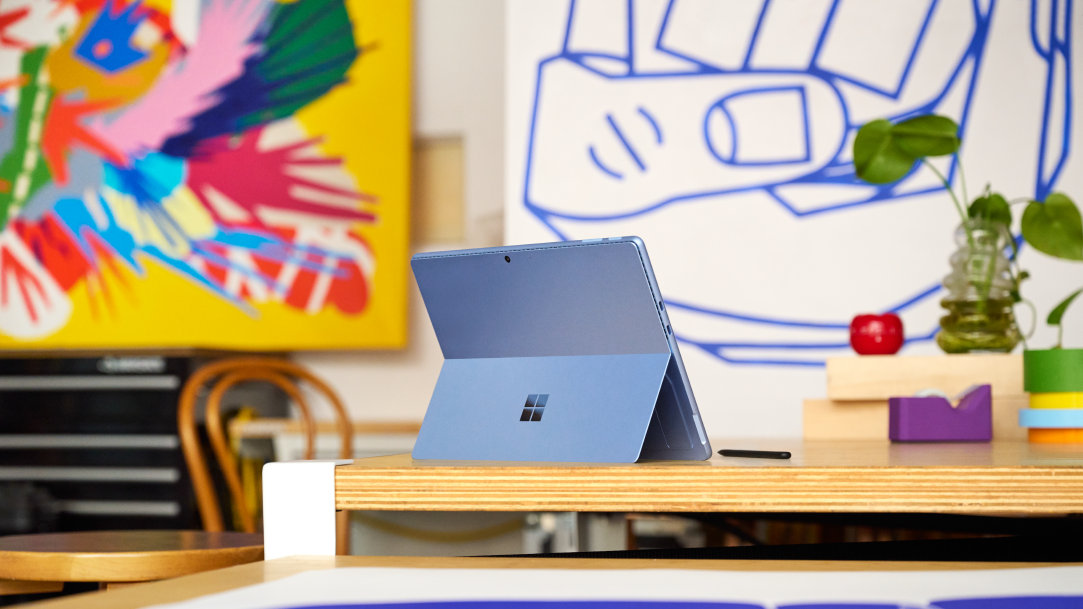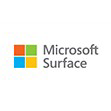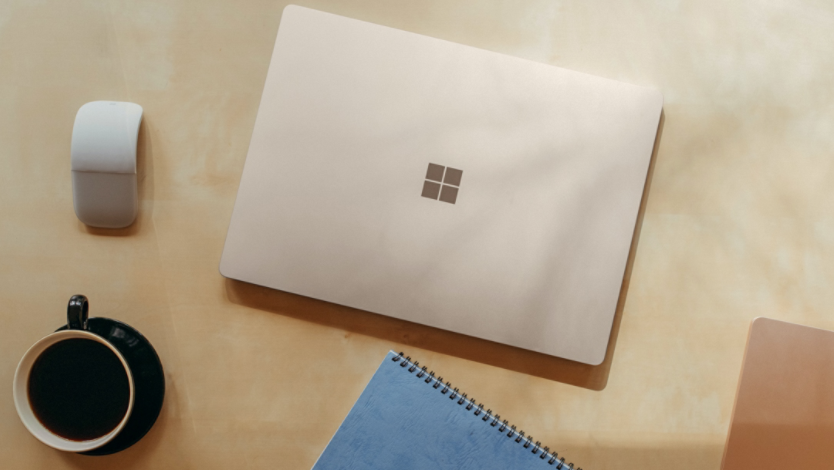
Credit: Designer in Copilot
October 09, 2024
How to make a video game on your laptop
Creating a video game on your laptop is easier than you might think! This guide provides aspiring game developers with the essential steps to design, code, and test games, all using a Microsoft Surface. You’ll be playing a game you designed yourself before you know it.
Video game design 101
The first step in video game design is understanding the fundamentals. Game design involves creating the rules, mechanics, and story of the game. Start by brainstorming your game concept. Think about the type of game, target audience, and unique features. Choose a genre from categories like action, adventure, role-playing, simulation, and strategy. Each type offers unique gameplay experiences: action games focus on fast-paced combat, adventure games emphasize storytelling, role-playing games allow character development, simulations mimic real-world activities, and strategy games require tactical planning. Balancing these elements ensures an engaging game. Create a Game Design Document (GDD) that sketches out a rough outline of the game you’d like to build.

Learn about programming languages
Programming is a key aspect of game development. Several programming languages are commonly used in game design:
- C++: Widely used for its performance and control over system resources.
- C#: Popular for developing games with Unity, a versatile game engine.
- Python: Great for beginners due to its simplicity and readability.
Choose a language that suits your skill level and the requirements of your game.
Research game engines
Game engines are software frameworks that provide the necessary tools to create video games. They handle graphics, physics, and input, allowing you to focus on game design and logic. Some game engines may require a purchase or subscription to access their full features. Popular game engines include:
- Unity: Known for its flexibility and ease of use, ideal for both 2D and 3D games. Unity offers a free version, but advanced features may require a subscription.
- Unreal Engine: Offers high-quality graphics and is suitable for more complex projects. Unreal Engine is free to use, but a royalty fee applies once your game reaches a certain revenue threshold.
To use a game engine, download and install it on your laptop1.
Follow tutorials to get familiar with the interface and basic functionalities. Start by creating simple projects to practice and gradually move on to more complex games.
Tips for designing, coding, and testing games
Designing, coding, and testing games on a Microsoft Surface laptop is convenient and efficient. Here are some practical tips:
- Design: Use digital tools like drawing tablets or software to create game assets. The Surface Pen can be particularly useful for sketching and designing.2
- Coding: Utilize the Surface’s powerful processors to run integrated development environments (IDEs) smoothly. Take advantage of the touch screen for intuitive coding and debugging.
- Testing: Test your game frequently to identify and fix bugs. Surface’s portability allows you to test your game in different environments and get feedback from users.
Get started on your video game today
Creating a video game on your laptop is a rewarding experience that combines creativity and technical skills. With the right tools and guidance, you can bring your ideas to life. Try Microsoft Surface Pro 11th Edition and Microsoft Surface Laptop 7th Edition to enhance your game development journey.
- DISCLAIMER: Features and functionality subject to change. Articles are written specifically for the United States market; features, functionality, and availability may vary by region.
- [1] Chargers, software, accessories, and devices sold separately. Availability may vary by market.
- [2] Requires a PC with touchscreen capability.
Products featured in this article

Microsoft Surface

Surface Pen

Surface Accessories
Related topics

Surface Pro 11ᵗʰ Edition vs. Surface Pro 9

How to use Windows Memory Diagnostic

